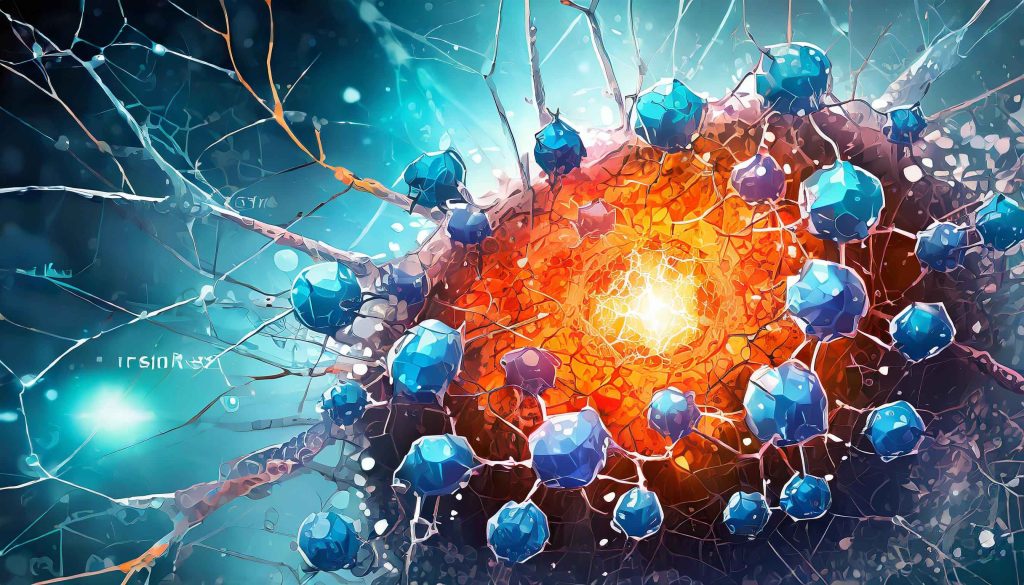Table of Contents
Unpacking Cellular Defence:
In a recent breakthrough, researchers have illuminated the intricate ways in which cells defend themselves in the face of stress. Stress granules, vital in the stress response, form from the gathering of non-translating mRNAs and proteins. While we have substantial knowledge about stress granules, the specifics of mRNA localization within them remain partially understood. Changes to mRNA can alter nucleobase characteristics, influencing crucial processes like translation, splicing, and transcript positioning.

The Groundbreaking Link: ac4C’s Role in Stress Granule Dynamics
The researchers have revealed that the RNA modification N4-acetylcytidine (ac4C) on mRNA associates with stress granule-enriched transcripts, leading to specific translational regulation of these localized transcripts. Furthermore, they have demonstrated that ac4C on mRNA plays a role in directing proteins to stress granules. These findings highlight the regulatory impact of mRNA acetylation on the localization of stress-responsive transcripts and RNA-binding proteins within stress granules, expanding our comprehension of the molecular mechanisms underpinning stress granule formation.

Stress Granule Composition: Navigating mRNA-Protein Interactions
Delving into Stress Granule Formation and RNA Modifications Stress granules, characterized as membrane-less complexes of mRNA-protein assemblies arising from stalled mRNAs in translation initiation, rely on RNA-protein interactions for their formation. The intricate mechanisms that drive stress granule formation encompass both conventional RNA-protein interactions and interactions involving disordered regions of proteins.
Despite extensive research on stress granules and their roles within cells, the influence of RNA modifications on their formation, dispersal, and functions remains largely unresolved. While these granules form under conditions of limited translation initiation, various post-translational modifications can regulate their assembly and disassembly.
Modifications and Mysteries: RNA’s Regulatory Power in Stress Conditions
Emphasizing the Impact of ac4C on Stress Granules and Cellular Stress Response Recent studies have spotlighted the significance of the RNA modification N4-acetylcytidine (ac4C) in regulating translation efficiency upon mRNA deposition. Despite its lesser abundance compared to other RNA modifications, ac4C is conserved across all life kingdoms and is induced under diverse stress conditions. The researchers’ publication underscores the enrichment of ac4C in stress granules, showcasing the predominant localization of acetylated transcripts in response to oxidative stress.

A Leap Forward: Implications of RNA Acetylation in Health and Disease
Their proposed model suggests that RNA acetylation can influence mRNA localization to stress granules by modulating the release of mRNA from the ribosome during translation. These insights not only shed light on the functional and consequential aspects of mRNA acetylation but also offer a new perspective on the mechanisms governing RNA localization to stress granules.

These discoveries are poised to advance our understanding of cellular stress responses and the pivotal role RNA modifications play in these processes. The implications of stress and RNA acetylation extend to disease contexts, offering valuable insights into relevant molecular pathways that could be targeted for therapeutic interventions.












